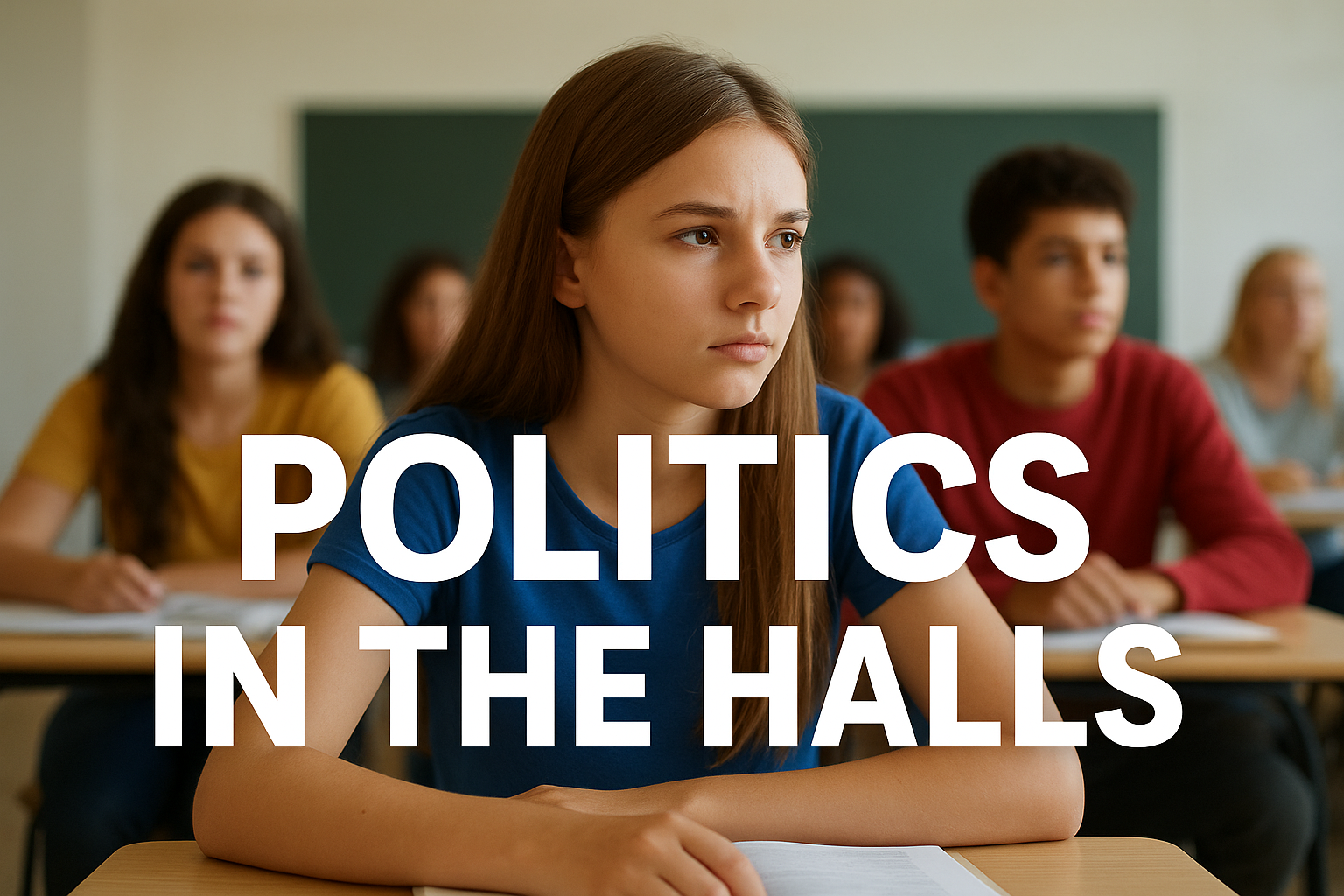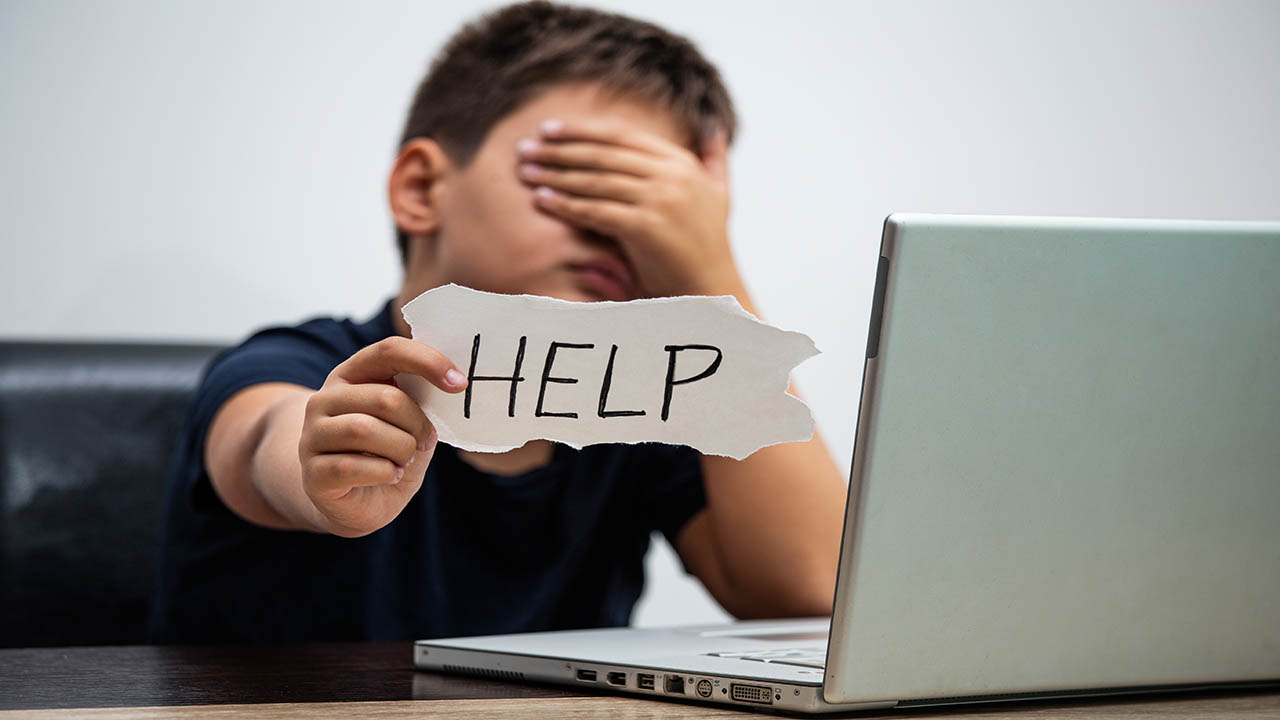
LGBTQ+ Students Feel the Weight of a Push for Parents’ Rights
As advocates for parents’ rights have taken fights to local school boards and state legislatures, LGBTQ+ young people and teachers as well as class discussions about gender identity and sexual orientation have been among their primary targets.
Conservative groups such as Moms for Liberty that have been behind much of this activism criticize schools when they don’t disclose changes to students’ gender identities to their parents. They have championed efforts to eliminate mentions of gender identity and sexuality from school curriculum. They have accused schools of “indoctrinating” students with “liberal” or “woke” values through pride celebrations and other efforts to affirm LGBTQ+ identities.
Such efforts, which have risen to national prominence and dominated national news coverage about education in recent years, have taken their toll on LGBTQ+ students, threatening their mental health and making room for discrimination in schools and other public spaces, according to experts and survey data.
However, experts say, educators can play a role in combating such discrimination by not shying away from having discussions about LGBTQ+ people, history, and communities, even as states enact policies that limit how teachers talk about gender identity and sexuality.
Currently, in 10 states, schools must inform parents if a student expresses a desire to use a different name or pronouns. Lawmakers in 11 states have passed “Don’t Say Gay” laws that restrict or ban classroom discussions of LGBTQ+ people or issues in school. Five states require that schools notify parents when curricula mention gender identity or sexuality and allow them to opt their children out of lessons related to LGBTQ+ issues or people, according to the Movement Advancement Project, a nonprofit that tracks legislation related to LGBTQ+ people and issues.
And even in states where such laws aren’t on the books, individual school boards have passed similar policies locally.
That’s on top of 23 states with laws barring transgender students from playing sports that align with their gender identity. Florida has taken it further, banning all transgender people from using restrooms and facilities that align with their gender identity in all schools, colleges, and government-owned buildings. Eight other states—Alabama, Arkansas, Idaho, Iowa, Kentucky, North Dakota, Oklahoma, and Tennessee—have laws that prohibit transgender youth from using restrooms that align with their gender identity in school, according to the Movement Advancement Project.
About This Project
This story is part of a special project called Big Ideas in which EdWeek reporters ask hard questions about K-12 education’s biggest challenges and offer insights based on their extensive coverage and expertise.
“It harms all youth, but LGBTQ+ youth in particular, because they learn that their identities are up for debate, that their identities are not valued, welcomed, or legible in school communities,” said Elizabeth Meyer, an education policy professor at the University of Colorado Boulder, whose research focuses on policies that affect LGBTQ+ students. “It also harms other students, whether they come from LGBTQ+ parents and families or … because they have friends in the LGBTQ+ community. They are learning it’s OK to discriminate against certain bodies and identities and relationships that our wider culture deems as inappropriate.”
LGBTQ+ students are paying attention to these policy developments, according to a survey released earlier this year by The Trevor Project, an organization that focuses on suicide prevention among LGBTQ+ youth. The survey, done late last year, had responses from more than 28,000 young people ages 13 to 24.
Eighty-five percent of LGBTQ+ young people said in the survey that they pay somewhat close or very close attention to news reports about LGBTQ+ rights. Nearly two-thirds of respondents said hearing about potential state and local bans on classroom discussions about LGBTQ+ people made their mental health worse.
Moms for Liberty co-founder Tiffany Justice said in a recent statement to Education Week that her group “is ensuring that what our children are being taught is in line with what is necessary for the classroom and appropriate for their age group.”
Teachers feel the impact in classrooms
Teachers, in the position of having to carry out state and district rules in their classrooms, are also feeling the effects from these policy changes.
In a nationally representative EdWeek Research Center survey of more than 1,000 educators, 43 percent said parents have expressed concerns that school curriculum emphasizes values or contains content they don’t approve of. Instruction about LGBTQ+ issues ranked the highest on that list of concerns, with more than half those educators saying parents have expressed those concerns explicitly.
That has led some educators to change the way they talk about issues that they know some consider objectionable, regardless of the curriculum laws in their state. In fact, 16 percent said they have specifically changed how they teach about LGBTQ+ issues and sexual orientation.
Others have faced serious consequences for teaching about LGBTQ+ issues. Most recently, a teacher in Cobb County, Ga., lost her job in August for reading a book on gender fluidity to her 5th grade class, according to the Associated Press.
Meyer views the outcry over LGBTQ+ people and lessons about LGBTQ+ communities and history as a reaction to societal change. As the general public has become more accepting of LGBTQ+ people, highly conservative groups are responding more aggressively.
“This is sort of the ebb and flow of progress,” Meyer said. “When you make steps forward, there is a backlash. And there is a resistance from the people who are from those cultures of traditional power that find other ways to try to protect their power and prevent the loss of control over the ideas and the culture in which we all live.”
A pivotal moment for LGBTQ+ youth
While the current moment might be a sign, or symptom, of progress, it still has massive implications for LGBTQ+ youth as well as future generations’ understanding of and empathy for LGBTQ+ people.
“Regardless of [whether] the specific state has passed any of these bills, it is negatively impacting the mental health of LGBTQ+ young people,” said Gabby Doyle, the advocacy campaign manager for The Trevor Project. “This is especially difficult for young trans people right now, especially because of the targeting of trans young folks in schools, of access to restrooms and sports.”
Forty-one percent of all LGBTQ+ youth had seriously considered suicide in the past year, according to The Trevor Project’s annual survey from late last year. Among transgender and nonbinary youth alone, over half seriously considered suicide that year, and 1 in 5 attempted suicide, according to the survey.
The contrast is stark between LGBTQ+ and heterosexual students. In 2021, 69 percent of LGBTQ+ students reported experiencing persistent feelings of sadness or hopelessness in the prior year compared with 35 percent of heterosexual students, according to the U.S. Centers for Disease Control and Prevention’s Youth Risk Behavior Survey.
Having access to support in schools can help. More than half of LGBTQ+ youth identified school as an affirming space, while more than one-third said the same about home.
Sixteen percent of LGBTQ+ youth who said they do not feel school is affirming attempted suicide. The same was true for 12 percent who said school was an affirming place, according to The Trevor Project.
When teachers aren’t allowed to, or feel they can’t, teach about LGBTQ+ people or history, that leads to increased bullying, harassment, and maltreatment directed at LGBTQ+ youth, Doyle said. The inverse happens when students are exposed to those lessons, she said.
“When schools do have inclusive curriculum standards, it actually reverberates out,” Doyle said. “Their cisgender and heterosexual peers have more of a broad understanding and sense of acceptance and embrace their LGBTQ+ peers.”
What educators can do
While it may be tempting to steer away from instruction about sexuality and gender identity, it’s important that educators do everything they can to affirm and support LGBTQ+ students, Meyer said.
“It’s dicey because educators do not want to be on the public firing squad,” she said, adding that teachers tend to be careful in their choices of lessons and textbooks, too. “They are, unfortunately, systemically depriving students of these thoughtful lessons [when] trying to walk this line.”
Meyer would like to see educators be confident about their curriculum and not shy away from teaching what are now perceived to be “divisive” topics. As long as teachers are adhering to state standards, which often include lessons about the histories of diverse communities, they should be able to speak about issues like gender identity and sexuality, Meyer said.
“We’re trying to teach students how to deal with information, how to think critically, how to make decisions for themselves,” she said. “I don’t know of any teacher who’s out in the front of their classroom trying to force a student to agree with them.”
Dig Deeper With Our Longreads
Newsletter Sign up to get our best longform features, investigations, and thought-provoking essays, in your inbox every Sunday.
The MEN was founded by John Huber in the fall of 2020. It was founded to provide a platform for expert opinion and commentary on current issues that directly or indirectly affect education. All opinions are valued and accepted providing they are expressed in a professional manner. The Maryland Education Network consists of Blogs, Videos, and other interaction among the K-12 community.







